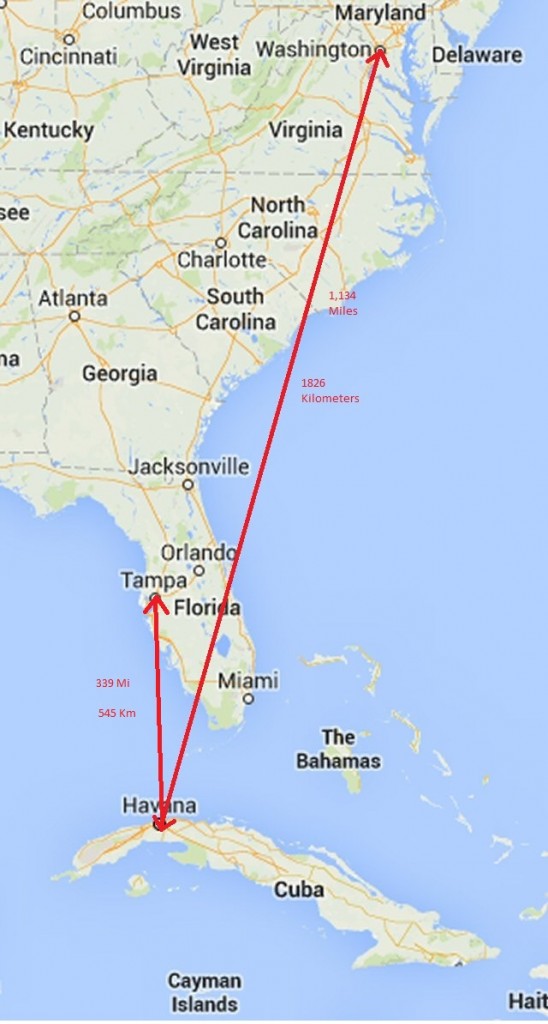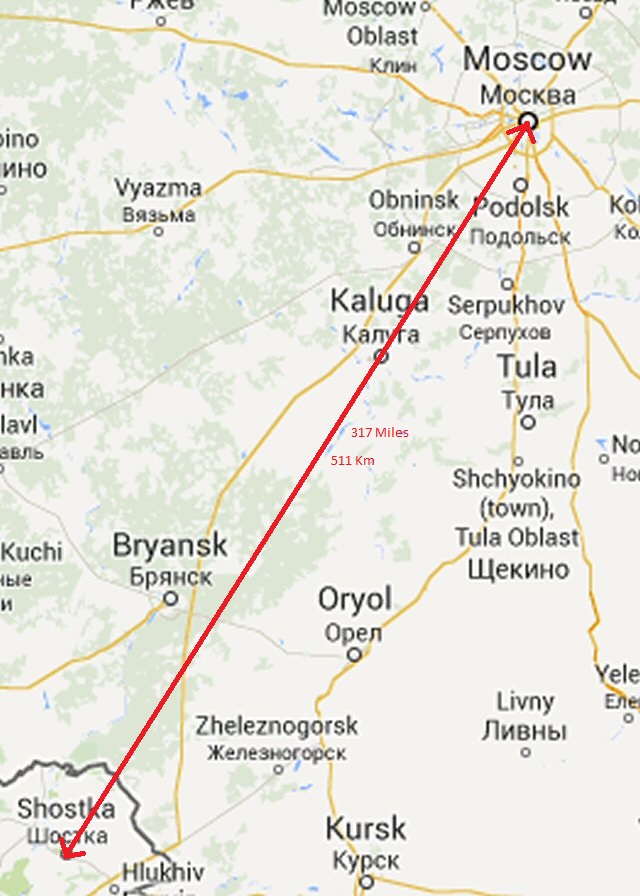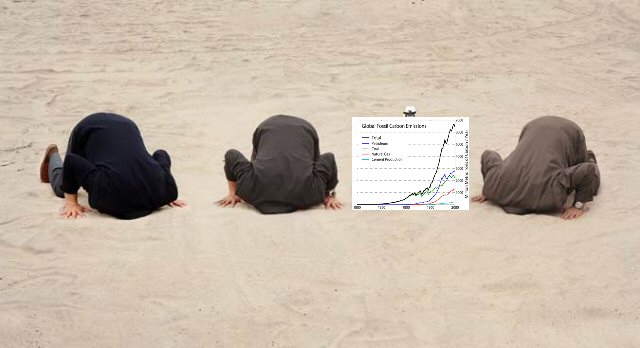“Misunderstanding of the present grows fatally from ignorance of the past” -Marc Leopold Bloch
1962 – Cold War I
The end of Cold War I, widely viewed in the west as proof of the innate superiority of capitalism over communism, led some to believe that the disappearance of ideological antagonism between the United States and Russia, the Soviet Union’s successor, would yield “peace dividends.” With the issue settled and the consequent diminished probability of a nuclear war between the former foes, so the argument went, it seemed logical to assume that America’s defense budget would be demobilized from the war footing it had been on since World War II.
2014 – Cold War 2?
As we know, that has yet to happen. In 2013 U.S. defense-related expenditure was approximately $640 billion, exceeding China ($188B), Russia ($87B), Saudi Arabia ($67B), France ($61.2B), Britain ($57.9B), Germany ($48.8B), India ($47.4B), and South Korea ($33.9B) combined, and significantly more than the Congressional Budget’s Office 2014 projected deficit of $514B.
State-sponsored communism imploded because its fundamental tenet –perpetual self-sacrifice of the individual for the benefit of the state- is anathema to human nature. No doubt other species with highly structured and –it is duly noted- very successful societies might agree with it, but human beings are keenly aware of their mortality and short youth, and most yearn for the freedom and means to make their lives worth living while it matters. Except for the truly saintly, few willingly make vows of poverty or accept a perpetual state of subservience. No, capitalism did not defeat communism. Communism self destructed because it failed to deliver.
Accordingly, on the 100th anniversary of the beginning of World War I, with all its lessons the world has yet to heed, it seems in right order to review how capitalism has performed relative to the middle and working classes since that fateful night when East Berliners scaled and sat on the infamous wall. Scores of charts and data on the distribution of wealth and income indicate that the rich got richer and the poor poorer, that the trend continues unabated and that it is accelerating. At this rate, the day will come when there will be little or no difference between capitalism and communism with respect to the distribution of income and wealth.
Overwhelming wealth conveys near absolute power, and absolute power corrupts absolutely; worse, wealth tolerates no dissent because it exists only to perpetually replicate itself even though it exists in a finite world with a growing population. Clearly we can have either a plutocracy or a democracy, but we can’t have both. Unsurprisingly, many of today’s rivalries, intrigues and conspiracies coalesce around domination –though not necessarily outright ownership- of the world’s gas and oil reserves and the global financial system. Whoever succeeds in doing so will rule the world for the foreseeable future.
The rise of the global economy and global warming accelerated concurrently with the demise of institutionalized communism and its aftermath, and for the vast majority of people everywhere the result has been nothing less than catastrophic:
1) A wealth gap so wide, according to numbers compiled by Credit Suisse in its latest World Wealth report, that the top 1% control 46% of the world’s assets, and 86% of global wealth is owned by the richest 10%; in the U.S., the richest 1% own more than 35% of the country’s wealth, while the bottom 50% together share just 2.5%. In demographic terms, the 400 richest Americans are wealthier than the bottom 150 million Americans put together.
2) Global warming. There is an ongoing mass die out of land and marine species directly attributable to it, and no one knows what the consequences will be. The ocean, which absorbs about one-third of all human-caused carbon dioxide emissions at a rate of 300 tons per second, is now 30 percent more acidic than before the Industrial Revolution. This has harmed marine food webs with all the ripple effect that it entails.
3) Water. Rising demand and climate change will exacerbate water problems worldwide. By mid century the world’s population is expected to reach 9.6 billion. As a result, the demand for water is likely to increase by 55%, exacerbating the already very severe shortages. That may very well lead to wars, famine and other disasters.
Most politicians, economists and scientists agree that these issues are unsustainable, unacceptable and extremely dangerous, yet so far no one has outlined a specific, feasible plan to resolve all three simultaneously. Some suggest reforming the tax code, an understatement to say the least, as if that were the equivalent of restoring the millions of well-paying middle class jobs that were outsourced over the last forty years. Others choose to highlight the number of jobs created since the end of the Great Recession but fail to mention that:
- Well in excess of 40% of them are low paying retail jobs.
- Today’s autoworkers in the U.S. are paid about half of what their parents used to make.
- The labor participation rate stands at just over 62%, the lowest ever.
- The nation’s home ownership rate in the first quarter of 2014 fell to 64.8%, the lowest in 19 years.
- The pace of rent increases over the past decade has been double the growth in incomes.
- New construction of small, 2-bedroom single family homes for first-time buyers in non-wealthy areas is practically nonexistent.
- The total debt of the federal government at the end of fiscal 2013 -including both the debt held by the public and the intragovernmental debt- was $16.72 trillion. The Congressional Budget Office estimates that by 2024, the total debt of the federal government will be $27.16 trillion—of which $20.95 trillion will be debt held by the public. In simple terms, over the long run deficits will rise to unsustainable levels relative to the economy.
- Industry estimates of long-range energy demand suggest oil and natural gas will remain essential growing sources of energy in the coming decades despite international efforts to reduce greenhouse emissions. Natural gas, which emits roughly half the carbon dioxide as coal but which is roughly 75% methane, a far more potent greenhouse gas than carbon dioxide, is expected to grow faster than any other fuel type; therefore its chemical composition and growing demand, particularly in China and India, should result in higher net emissions of greenhouse gases.
The situation is too far gone for cosmetic, half-hearted tweaks. It calls for fundamental, drastic structural changes, which are in any case inevitable. The only question is whether our elected representatives can summon the willpower and courage to take meaningful action to achieve a soft landing. The alternative -doing nothing of consequence- borders on suicidal.



